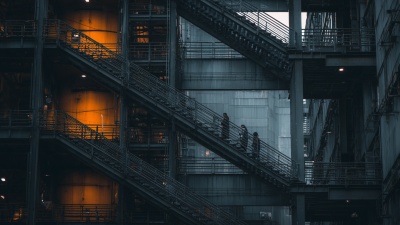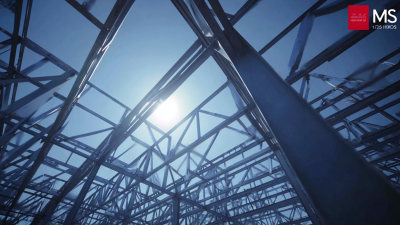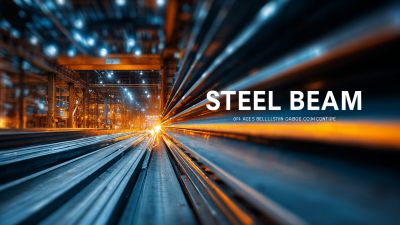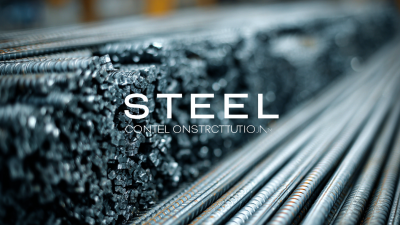
As the construction industry continues to evolve, the introduction of innovative Steel Frames is poised to significantly reshape building practices, as highlighted at the 2025 China Import and Export Fair. According to a report by the World Steel Association, global steel production reached 1.9 billion metric tons in 2022, reflecting a robust demand that is expected to rise with advancements in structural engineering. Steel Frames are increasingly preferred for their strength, flexibility, and sustainability, addressing the growing emphasis on eco-friendly construction methods. In fact, the global market for steel framing is projected to grow at a CAGR of 5.3% from 2023 to 2030, driven by urbanization and infrastructure development. This emerging trend not only enhances the durability of buildings but also ensures faster construction times and reduced material waste, marking a significant step forward in the modernization of the construction sector.
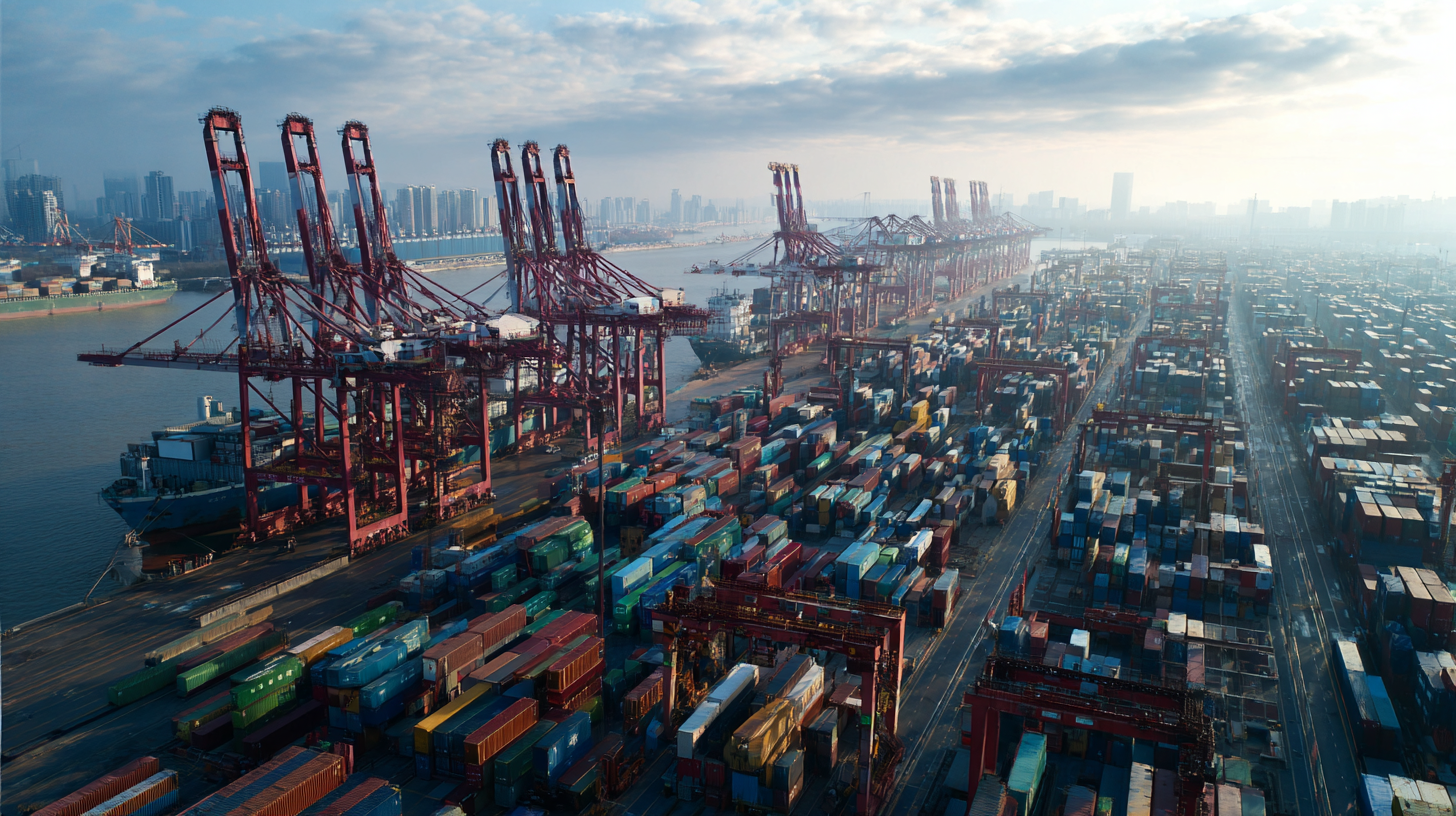
The construction industry is on the brink of a revolutionary change thanks to innovative steel frame technology, which is set to debut prominently at the 2025 China Import and Export Fair. This breakthrough offers numerous advantages, such as enhanced structural integrity and reduced labor costs. According to a recent industry report, the global steel framing market is expected to grow by 9% annually over the next five years, driven by the rising demand for durable and sustainable building materials.
Tips: When considering using steel frames for construction, evaluate the long-term benefits such as lower maintenance costs and improved energy efficiency. Investing in advanced materials now can yield significant savings in future projects.
Additionally, the shift toward using innovative steel frames is complemented by growing trends in sustainable building practices. The new technology not only minimizes waste during construction but also maximizes the recyclability of materials used. A study by the International Energy Agency highlights that adopting such innovations could reduce carbon emissions in the construction sector by up to 30% by 2030.
Tips: Collaborate with suppliers who prioritize sustainability in their materials and practices. Staying ahead of the curve can lead to more eco-friendly projects that attract environmentally conscious clients.
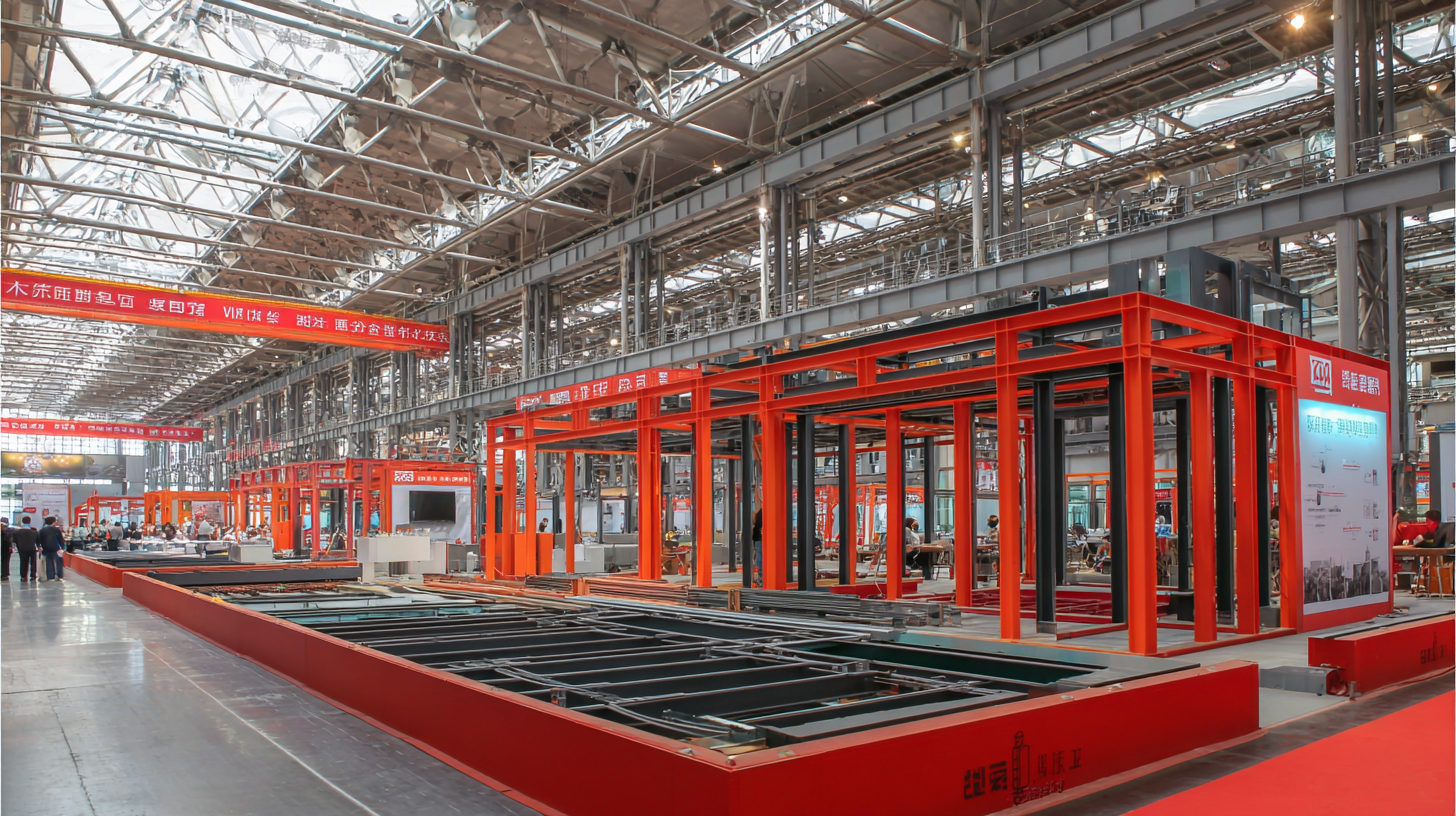
Modern steel frames are revolutionizing the construction industry by offering a range of key features and benefits that enhance project efficiency and sustainability. One significant advantage is their superior strength-to-weight ratio, which allows for taller and more resilient structures. This property reduces the amount of material required, significantly lowering construction costs and shortening project timelines. Additionally, the durability of steel frames ensures that buildings can withstand harsh environmental conditions, resulting in lower maintenance expenses over time.
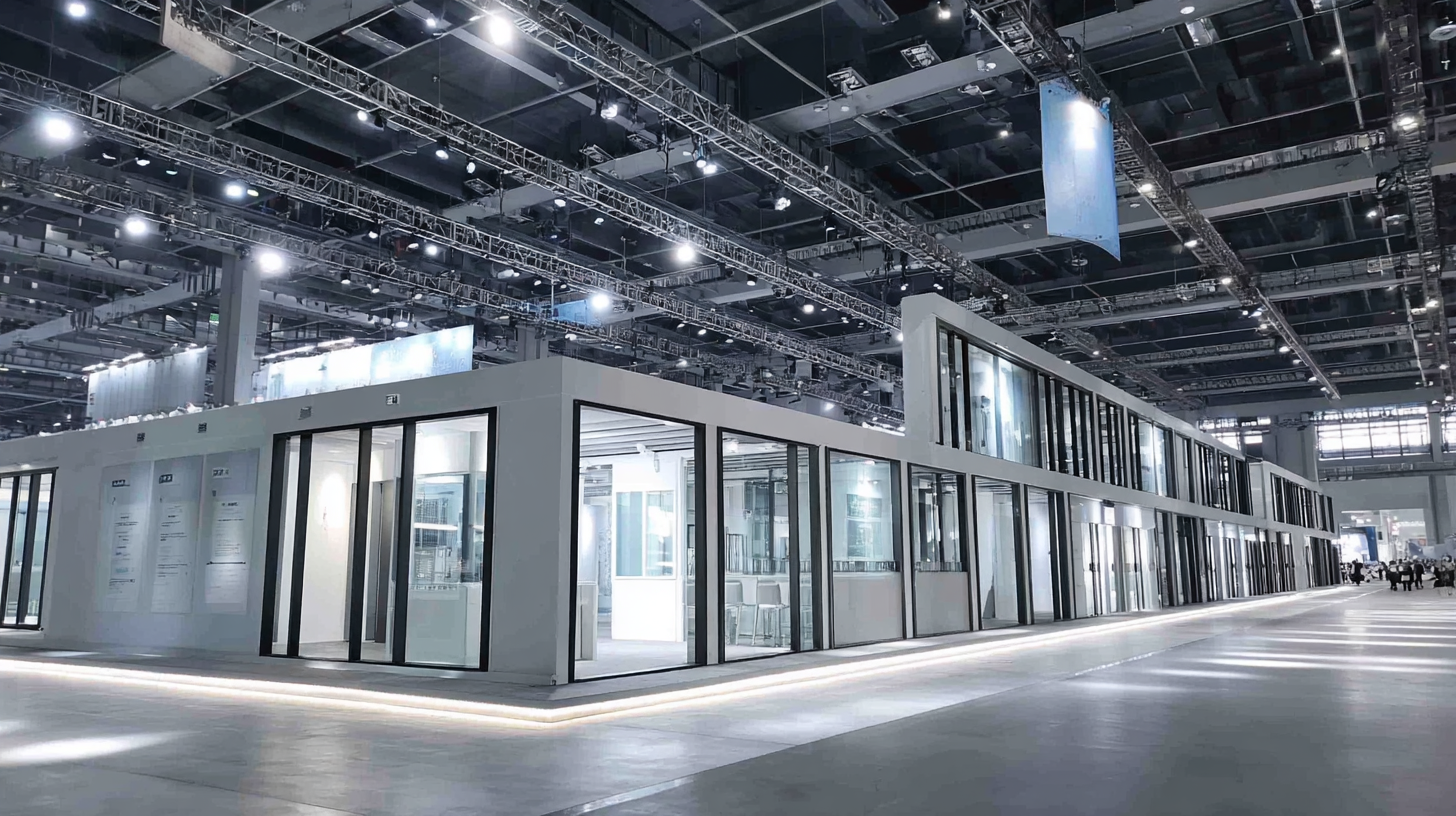
Another notable feature of modern steel frames is their design flexibility. Architects and engineers can easily modify and adapt steel structures to meet specific aesthetic and functional needs, promoting creativity in design. Furthermore, the prefabrication of steel components allows for quicker on-site assembly, minimizing disruption and optimizing labor resources. The ability to recycle steel also positions these frames as an eco-friendly choice, aligning with global sustainability goals and contributing to a greener construction industry. As showcased at the 2025 China Import and Export Fair, these innovations are poised to reshape traditional construction practices.
Innovative steel frames are poised to revolutionize the construction industry, particularly in terms of sustainability and efficiency. According to the World Steel Association, steel is already one of the most recycled materials globally, with about 85% of steel produced being recycled at the end of its life cycle. The introduction of advanced steel frame technologies can further enhance these sustainable practices. For instance, the adoption of lighter steel frames not only reduces material usage but also decreases the carbon footprint associated with transport and installation. Reports indicate that such innovations could lead to a 30% reduction in greenhouse gas emissions in construction projects.
Moreover, the efficiency gains from these steel frame innovations are significant. A study by McKinsey & Company highlights that the use of prefabricated steel components can cut construction time by up to 25%. This not only accelerates project timelines but also minimizes labor costs, thereby optimizing resource allocation. As the construction industry increasingly focuses on lean methodologies, such advancements become crucial in meeting both economic and environmental goals. The anticipated unveiling of these innovative frames at the 2025 China Import and Export Fair marks a pivotal moment for industry stakeholders aiming to integrate more sustainable practices into their operations.
The innovative use of steel frames has already demonstrated its potential to revolutionize the construction industry through various successful projects around the world. One notable example is the construction of the Xiangyin Sports Center in Hunan province, China. Implemented with advanced steel frame technology, the project not only significantly reduced construction time but also enhanced structural integrity and seismic resilience. By integrating these lightweight yet durable frames, architects were able to create a spacious, open design while maintaining sustainability standards.
Another exemplary case is the renovation of the International Conference Center in Beijing. Here, the application of steel frames allowed for flexible space configurations and rapid assembly, ultimately leading to a faster completion date. The project's design team highlighted how the versatility of steel enabled them to meet modern aesthetic demands while ensuring compliance with environmental regulations. As demonstrated by these cases, the innovative adoption of steel frames in construction is paving the way for future advancements in building efficiency, safety, and design flexibility.
| Project Name | Location | Completion Year | Frame Type | Benefits Realized |
|---|---|---|---|---|
| Green Tower | Shanghai | 2023 | BIM Integrated Steel | Reduced Construction Time |
| Skyline Plaza | Beijing | 2024 | Prefabricated Steel | Energy Efficiency |
| Tech Hub | Shenzhen | 2025 | Lightweight Steel Frame | Lower Material Costs |
| Innovative Mall | Guangzhou | 2023 | Seismic Resistant Steel | Increased Safety |
| Civic Center | Wuhan | 2022 | Modular Steel Construction | Enhanced Design Flexibility |
The construction industry is on the brink of a significant transformation, with innovative steel frames leading the charge. According to a report by Grand View Research, the global steel construction market is expected to reach $314 billion by 2025, growing at a compound annual growth rate (CAGR) of 6.5%. This upward trend reflects the increasing demand for sustainable and resilient building materials that steel frames offer. As urbanization accelerates and green building practices become more prevalent, steel frames are emerging as a solution that meets both structural integrity and eco-friendly standards.
Moreover, the integration of advanced technologies, such as Building Information Modeling (BIM) and prefabrication, is set to enhance the efficiency of steel frame construction. A study from the McKinsey Global Institute highlights that adopting digital tools in construction can improve productivity by up to 20%. With steel's ability to withstand extreme conditions and reduce waste, the evolving construction landscape is gravitating towards this versatile material. As stakeholders adapt to future trends, steel frames will undoubtedly play a pivotal role in shaping more sustainable and innovative infrastructures.
